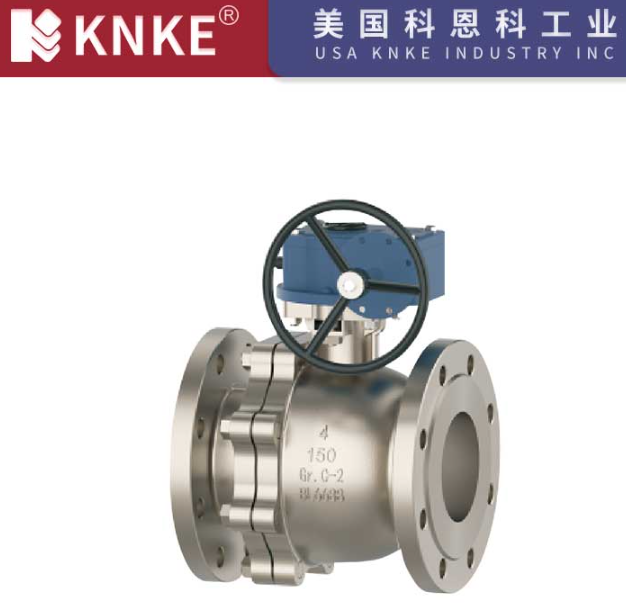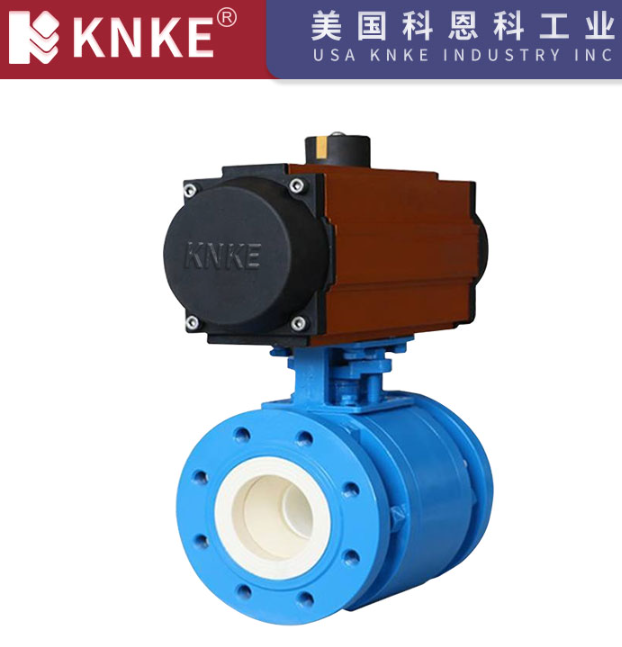How to Choose Between Stainless Steel Valves and Ceramic Valves
Valves are essential components in industrial pipelines, responsible for controlling the flow of fluids and gases. Selecting the right valve material is crucial for ensuring performance and durability. Stainless steel and ceramic valves are two popular options. This guide explains their differences and provides tips for choosing the best one based on your needs.
1. Advantages and Applications of Stainless Steel Valves

Stainless steel valves are made from stainless steel using casting or forging processes. These valves offer several key benefits:
- Corrosion Resistance: Stainless steel resists corrosion from a wide range of acids, bases, and salts. This makes it an ideal choice for chemical plants and other environments with aggressive chemicals.
- High-Temperature Resistance: Stainless steel valves can withstand high temperatures, making them suitable for industries like power generation, metallurgy, and oil refining.
- Cleanliness: The smooth surface of stainless steel prevents dirt and scale buildup, making it a popular choice for sanitary applications.
- Strength and Pressure Resistance: These valves can endure high pressure, often up to several hundred kilograms. Stainless steel valves are suitable for demanding applications where pressure resistance is required.
A wide variety of stainless steel valves are available, including ball valves, gate valves, globe valves, check valves, needle valves, and butterfly valves. These valves are commonly used in industries such as chemical processing, food production, power generation, and oil and gas. In fact, stainless steel valves are indispensable in environments like chemical plants and power plant desulfurization systems.
2. Advantages and Applications of Ceramic Valves
Ceramic valves feature a steel or stainless steel valve body that is lined with ceramic. These valves offer the following advantages:
- Superior Abrasion Resistance: Ceramic valves excel at handling abrasive media. Their hardness and resistance to wear far exceed that of stainless steel, ensuring longer valve lifespans in abrasive environments.
- Corrosion Resistance: While ceramics do offer some corrosion resistance, they cannot match the level provided by stainless steel. However, they are well-suited for applications where abrasion is the main concern.
- Low-Pressure Applications: Ceramic valves are generally designed for low-pressure systems. Their brittle nature means they cannot withstand high-pressure conditions, as this may lead to valve failure or leakage.
Ceramic valves are typically used in power plants, wastewater systems, and other applications where abrasive particles are present. Common types of ceramic valves include ceramic gate and ball valves, both ideal for handling media containing hard particles.
3. How to Choose Between Stainless Steel Valves and Ceramic Valves

Choosing between stainless steel and ceramic valves requires considering several factors, such as the type of media, pipeline pressure, and operating conditions. Below are some key guidelines to help you make an informed decision:
3.1 Media Type
- For corrosive media, such as nitric acid, acetic acid, or caustic soda, stainless steel valves provide superior corrosion resistance, making them the better option for chemical applications.
- When dealing with abrasive particles, ceramic valves are the best choice. Their exceptional wear resistance ensures that the valve remains intact even in harsh, particle-laden environments.
3.2 Pressure Requirements
- Stainless steel valves are perfect for high-pressure systems, capable of withstanding pressures up to several hundred kilograms without compromising performance.
- For low-pressure systems, ceramic valves are ideal. Their brittle construction means they are better suited for systems where pressure is not a concern.
3.3 Temperature Requirements
- Stainless steel valves are better equipped for high-temperature environments, such as those found in power plants and boilers. Ceramic valves, on the other hand, are not suitable for these conditions due to their brittle nature and lower heat tolerance.
3.4 Cost and Longevity
- Ceramic valves are more expensive, but their superior abrasion resistance results in a longer service life, which can make them more cost-effective in the long run, especially in abrasive environments.
- Stainless steel valves tend to be more cost-effective upfront. They provide solid performance in a variety of applications and offer good resistance to corrosion and temperature extremes, making them a versatile choice.
Both stainless steel and ceramic valves offer distinct advantages and are suited to different applications. If corrosion resistance and high-temperature performance are critical, stainless steel valves are the best choice. However, if abrasion resistance is your primary concern and you’re dealing with low-pressure systems, ceramic valves are the ideal option. By understanding your specific needs—whether related to media type, pressure, or temperature—you can select the most suitable valve for your system, ensuring reliable performance and longevity.
